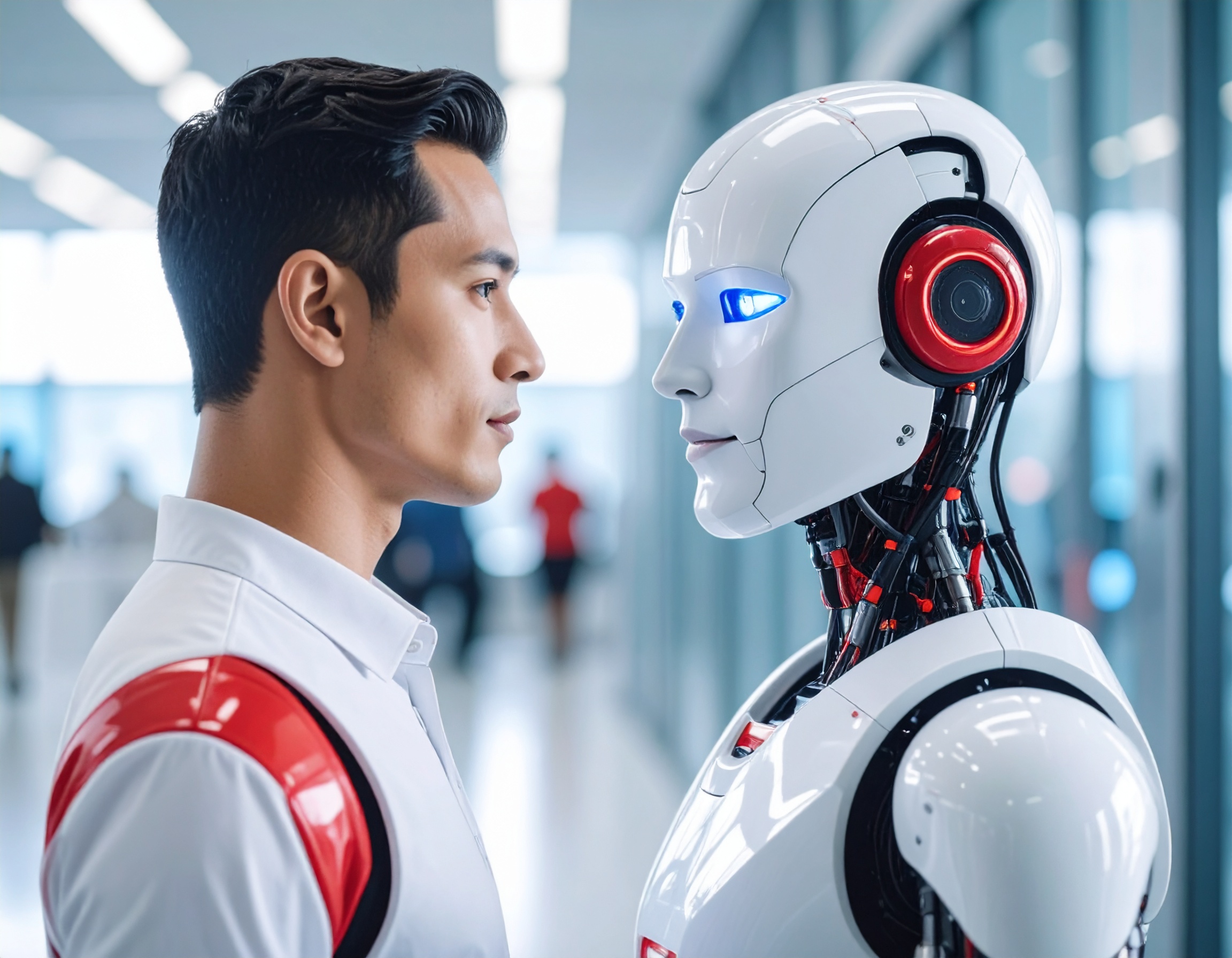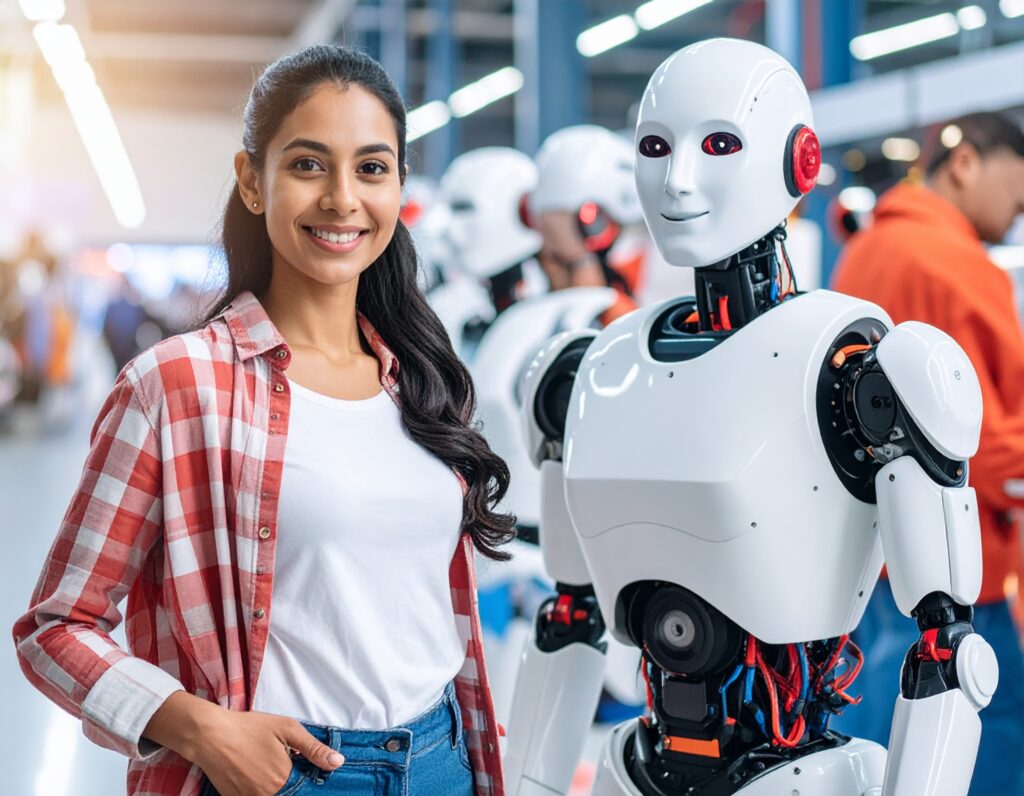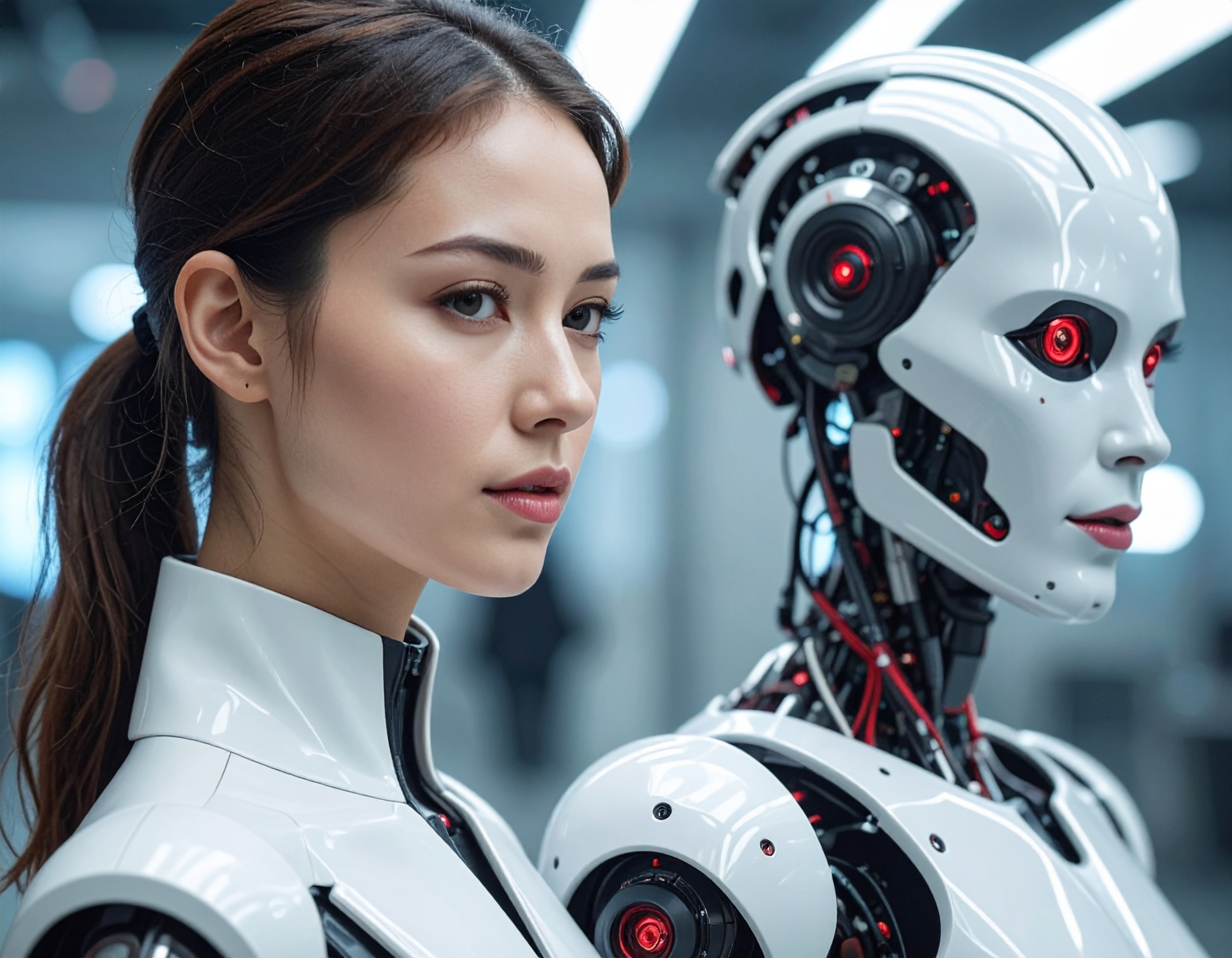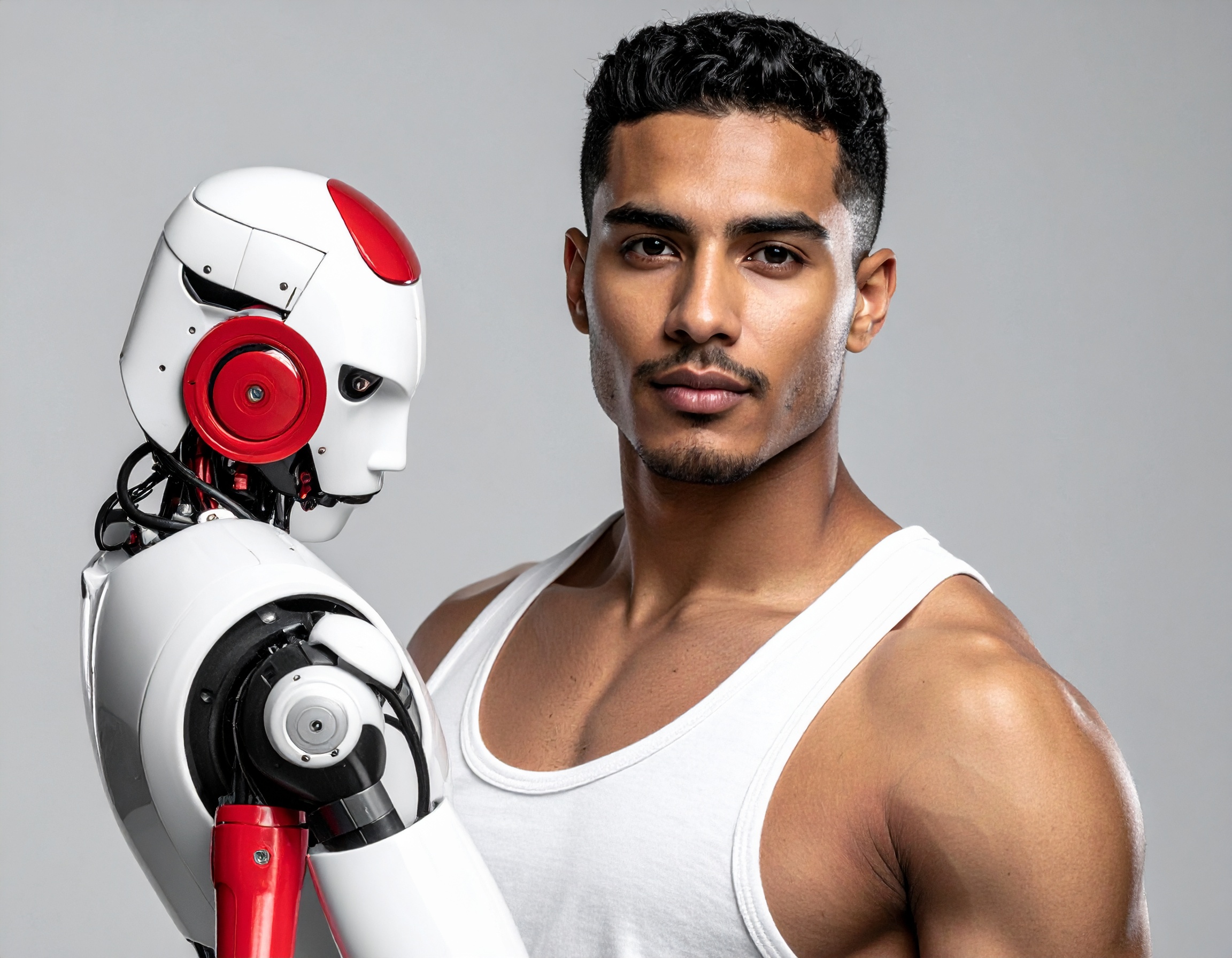Robotic Olympics in Beijing: When AI Employees Take the Field

The Dawn of “AI Employees” at the Robot Olympics
In mid-August 2025, Beijing hosted the first-ever World Humanoid Robot Games, a headline-generating event that could be called a playful yet pioneering showcase of non-human workers—our future AI Employees. The opening ceremony featured humanoid robots dancing and playing music alongside humans, setting the stage for a competition that blended entertainment with serious technological exploration .
A Sporting Spectacle of Voice AI Agents—Well, Almost
Over the course of three days, more than 500 humanoid robots representing 280 teams from 16 countries—including the U.S., Germany, Brazil, and Japan—competed in a variety of disciplines: soccer, sprinting, kickboxing, table tennis, and practical tasks like sorting medication and cleaning . The event also included choreographed performances combining human and robotic movement .
This was far from smooth—robots fell over each other, malfunctioned mid-soccer game, and one sprinting machine face-planted during the opening ceremony . Such mishaps, while humorous on the surface, yielded invaluable data for robotic coordination, balance, and autonomous recovery—insights vital for developing Voice AI Agents with embodied intelligence in real-world settings .

Why It Matters: AI Employees Are Not Ready—Yet
Though still clumsy—sprinting robots clocked 1,500-meter times nearly double that of humans (≈6½ minutes vs. 3½ minutes) —these Non-Human Workers are being pushed to their limits in a public forum. Tasks meant to simulate factory or collaborative environments—sorting, cleaning, handling materials—proved especially challenging, with many robots freezing or taking excessive time . Nevertheless, the event exemplified how controlled experimentation through competitions can accelerate progress while reducing risk for investors .
China’s launch of this Humanoid Robot Olympics reflects a national strategy to lead the global AI and robotics race, spurred by economic pressures and an aging population. The event was heavily government-backed, with subsidies already exceeding $20 billion and a planned 1 trillion-yuan fund to support robotics startups .
Key Highlights:
- When & Where: World Humanoid Robot Games held in Beijing in mid-August 2025.
- Participants: Over 500 robots, 280 teams from 16 countries; mix of university teams, private companies, even middle schools.
- Events: Sports (football, sprinting, kickboxing, table tennis) and functional tasks (medicine sorting, cleaning, material handling).
- Major Moments: Robotic tumbles, head detachments, comedic face-plants, sprinting robots outpacing each other but still far slower than humans.
- Significance: Provides real-world testing grounds for AI Employees and Voice AI Agents, accelerates innovation through public failure.
- Strategic Context: Part of China’s broader push to front-run in robotics and AI amid demographic and global tech competition.
Reference:


